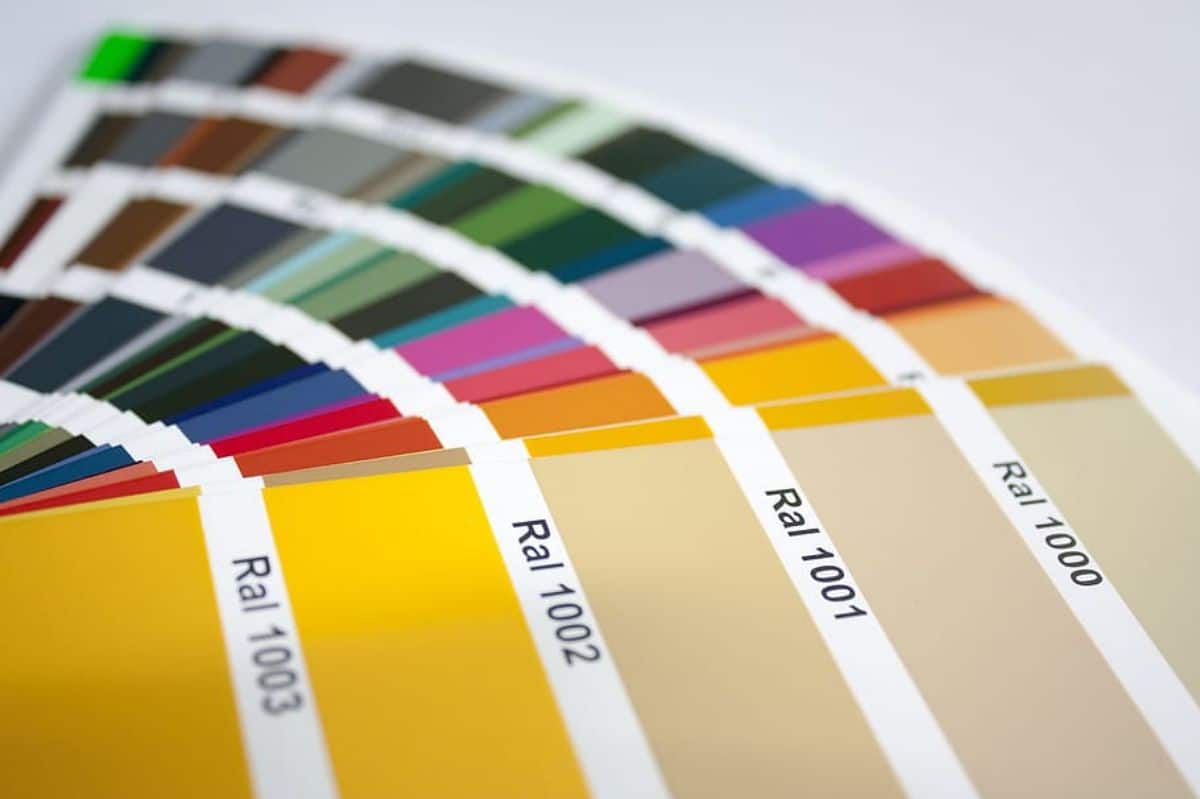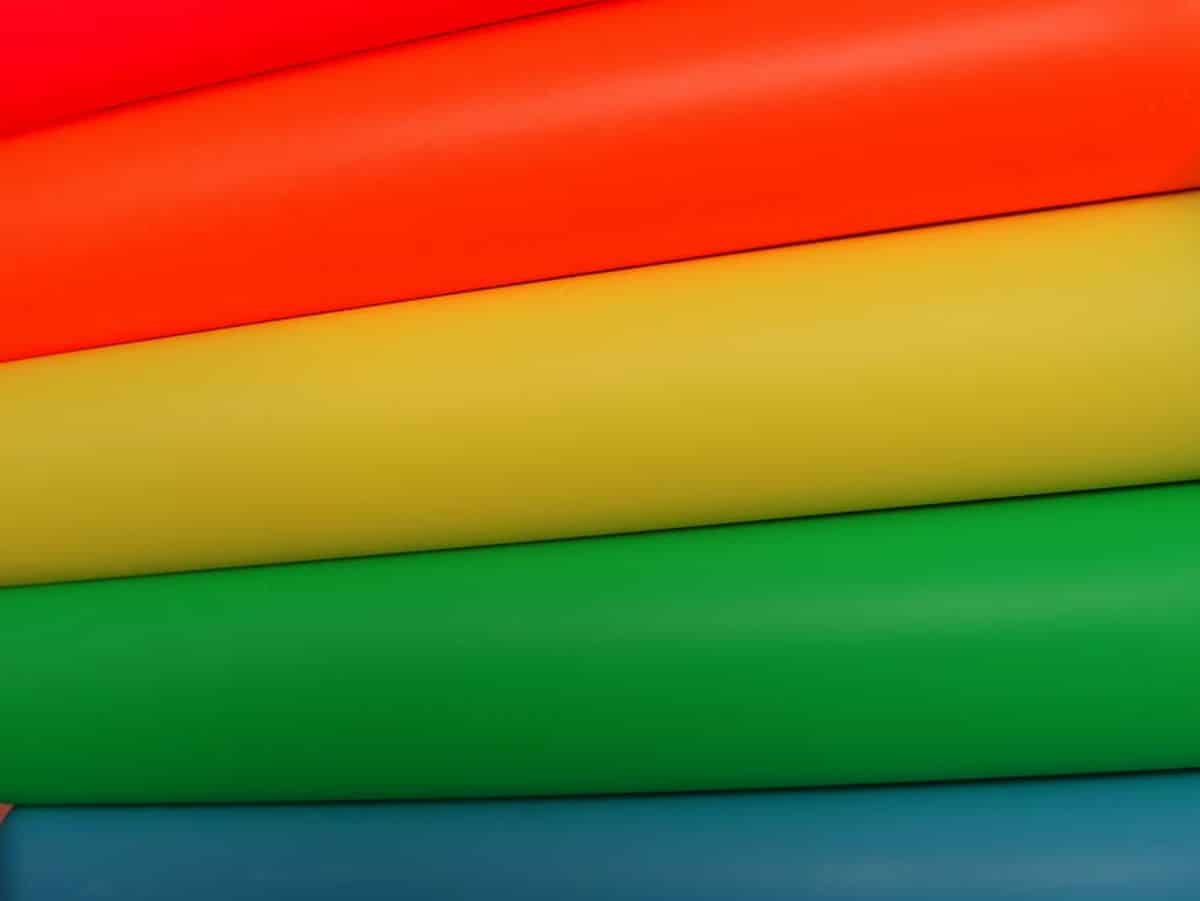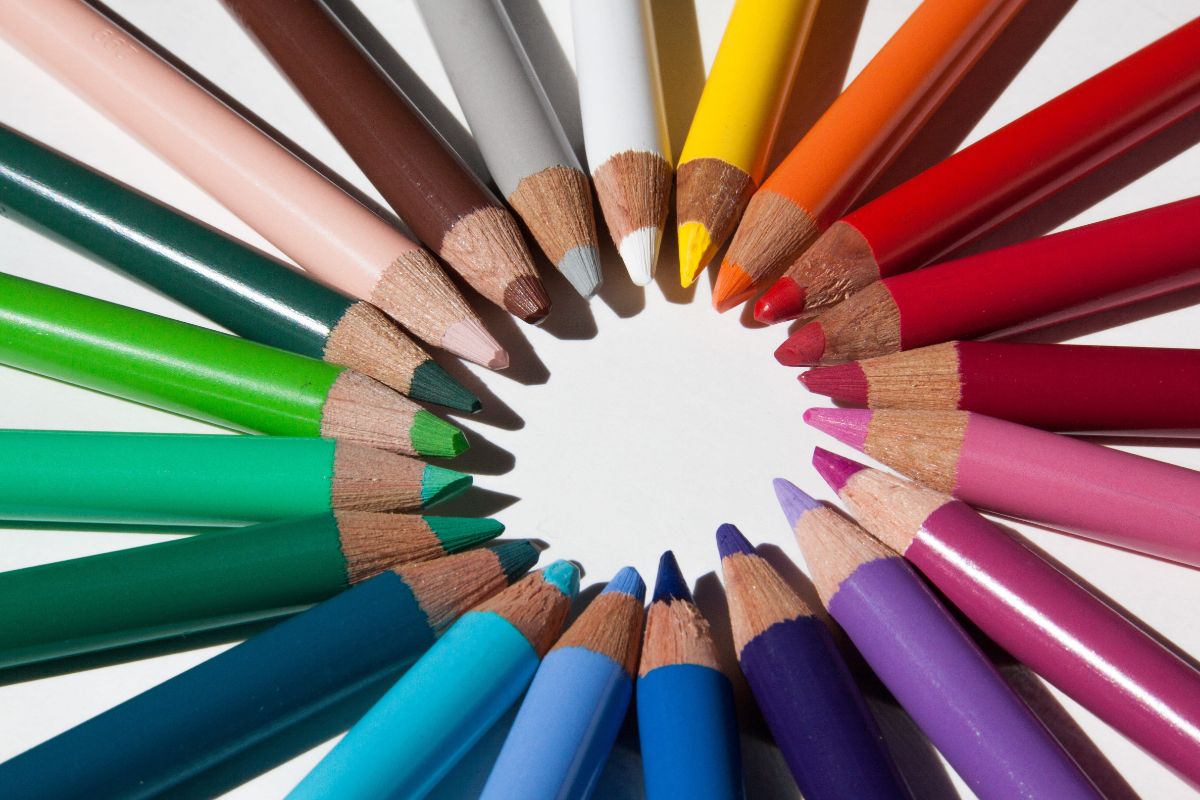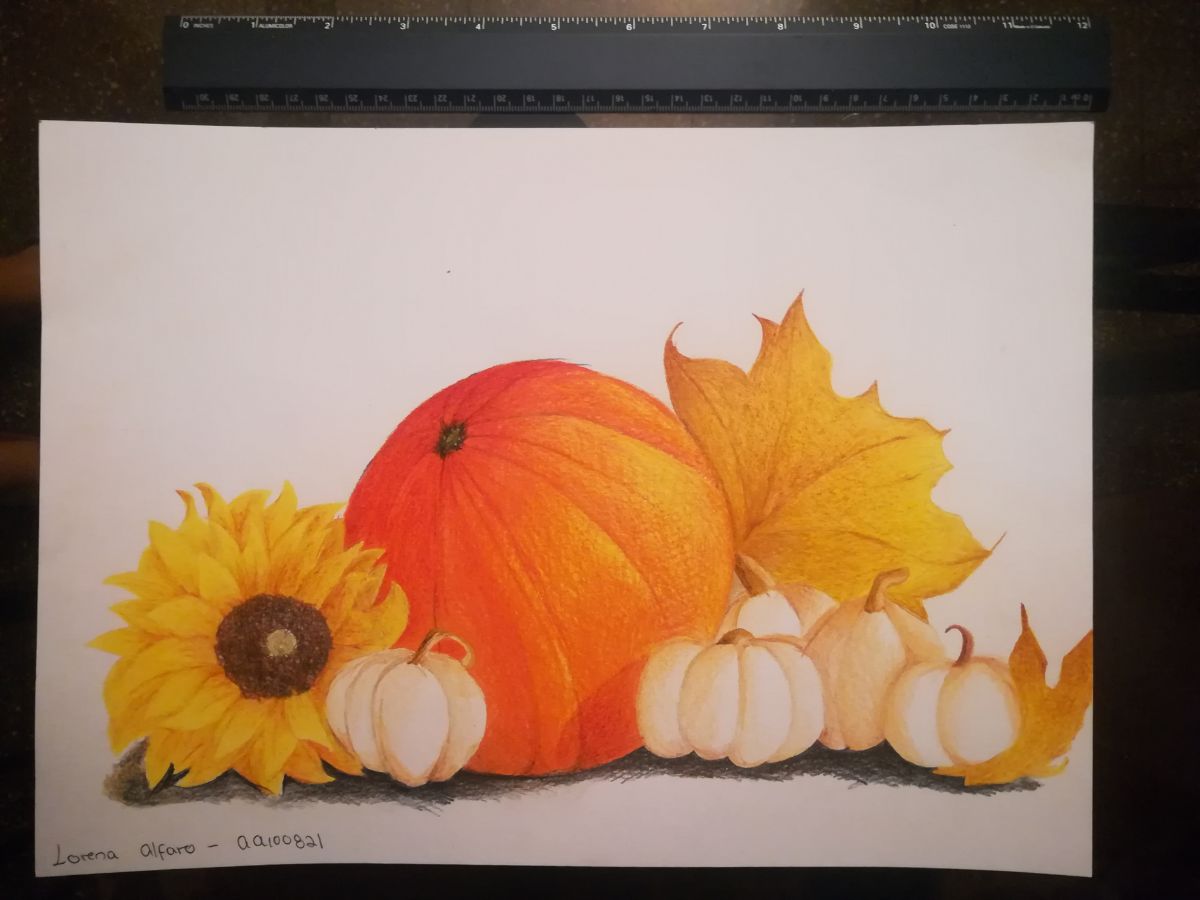
One of the main knowledge that a draftsman, creative or designer has to know regarding color are the so-called analogous colors. These are a very important part of working with them since you have to distinguish them from others.
But what are analogous colors? What types are there? Discover, below, everything you need to know about them in this guide that we have prepared for you.
What are analogous colors

The first thing you should know is what we are referring to by analogous colors. But, to do this, you must understand what the color wheel is. This is defined as the graphic representation in which the colors are ordered based on their tone or hue. In other words, it is a circle in which the colors and their tones are represented together, grouping all the reds, yellows, greens, blues ... in it.
In this way, we can understand the analogous colors such as those that are in balance and are very close to each other. Note that "analogous" means similar or related. Therefore, these are the ones that are close within the color wheel.
This allows you to choose colors that are going to be combined with each other, because they really share shades. And what do you get with that? Well, there is a monochrome decoration, where a main tone predominates and is combined with others identical to that primary color.
One of the keys that few know about analogous colors is that the color that is taken, the first, is called main and its closest colors will be arranged to the right and to the left. That is, you cannot take one color and the next two, but it has to be one in front and one behind.
Analogous color types

Analogous colors can be classified into two broad categories: primary and secondary. However, within the latter, not all would enter, but only some.
Colores primarios
Primary colors are so called because they are shades that are not obtained by mixing two or more colors. In other words, they are the purest or most original that do not originate from a mixture.
And what are those? Well, they can be red, green and blue in RGB, blue, yellow and magenta in CMYK or in the traditional model, red, yellow and blue.
What are considered analogous colors then? In this case, those that are identified as such are: yellow Red Blue.
Secondary colours
Meanwhile, the secondary colors are those obtained from the mixture of primary colors. Only with the combination of 2-3 primary colors different shades are obtained but only when the same amount of colors is mixed will they be considered secondary (otherwise it will not be the case).
In this case, orange, green and purple are considered secondary colors.
Uses of analogous colors
Analogous colors, as we have mentioned before, are those that use a common tone among all of them, in such a way that when decorating, or using them in a design, they allow there to be a monochromatic combination. For example, imagine that you want to decorate something in red tones using its analogues. The result is that everything will be in those tones, but the main one predominates and the others give it the touch of differentiation they need.
Generally each of the analogous colors can be used for multiple uses. For example, the colder tones are perfect for places where you want to relax, that are calm and quiet.
For more active environments and where energy is needed you would have to use stronger analog colors.
In a practical way:
- Colors like blue, yellow ... They serve to relax and calm down.
- Colors like red, yellow ... They are perfect for more energetic stays.
Of course, when a greater contrast is required, it is necessary to go to complementary colors, which give more play and better results than these.
Examples

Once you know what analogous colors are, the next thing we need to do is give you examples of what the colors are. Actually, there are three pairs which are the opposite analogous colors, as they are:
- Red and green.
- Yellow and purple.
- Blue and orange.
On the other hand, you have the following:
- Yellow with greenish yellow and yellowish orange.
- Orange with yellowish orange and orange-red.
- Red with reddish orange and reddish violet.
- Violet with reddish violet and purplish blue.
- Blue with purplish blue and teal.
- Green with bluish-green and greenish-yellow.
The construction of these is based on the chromatic circle in such a way that, if you choose a color, you have to combine it with the previous one and the one immediately after.
As you can see, analogous colors can be used for many things, from decorating rooms, homes, offices, etc. even for web design, well developing logos, images, illustrations, etc.
Do you know more about these shades? Do you share it with us?